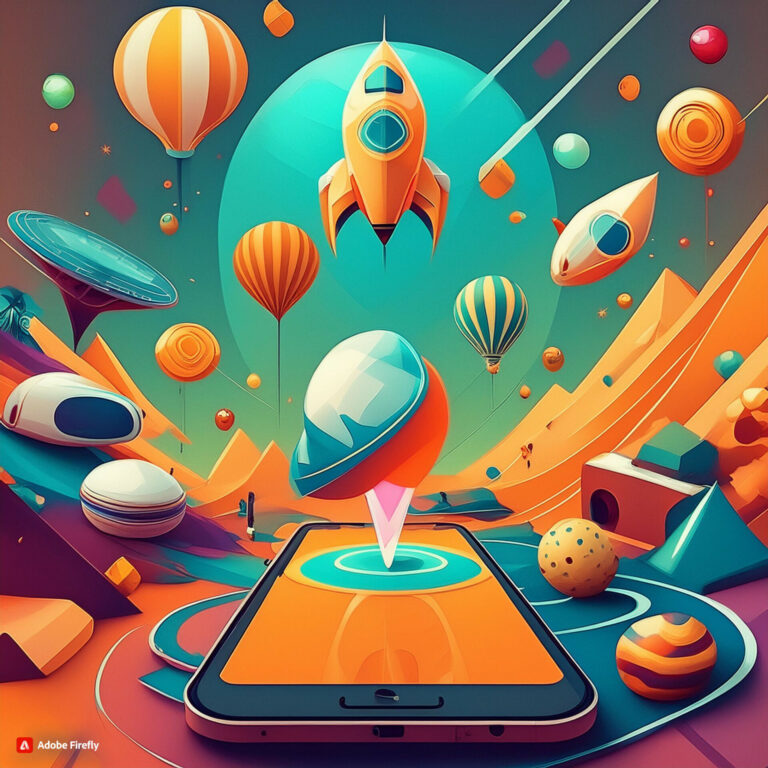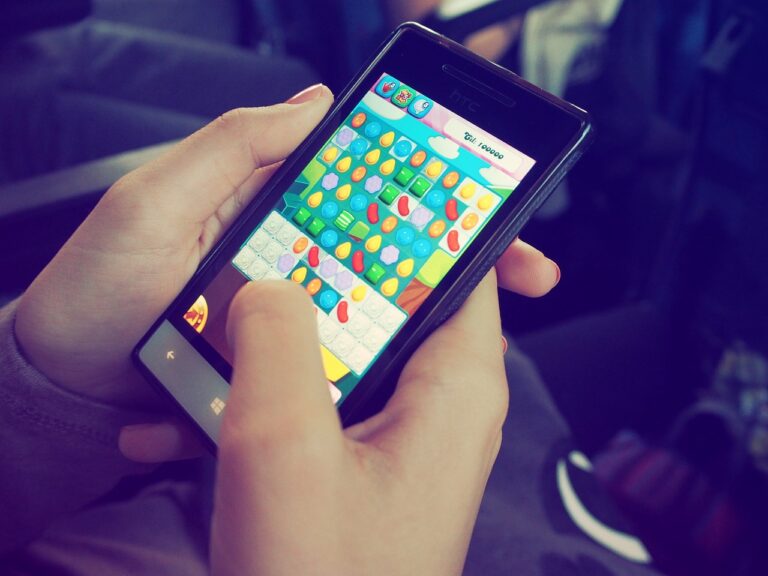There is a new strategy called gamification, which means using game design in non-game situations to enhance behavior and create a positive social impact. In other words, through the application of game mechanics such as competition, rewards, and challenges to real-world problems; gamification enables people to behave in certain ways and achieve set targets. Thus, this paper examines the potential of gamification for creating positive progress in various fields; among them are healthcare, social justice, education, and sustainability.
Gamification Principles
At its core are principles borrowed from both game design as well as psychology and behavioral economics. These principles are:
- Clear Goals and Objectives: Gamified interventions define clear goals and objectives for participants who must gain a sense of direction and meaning by going after them.
- Progression and Feedback: Participants can be guided by feedback on individual performance so that they know where they’re heading or how close they are to reaching their goals.
- Rewards and Incentives: Motivations in terms of rewards result when an organization wants its players/patients to engage or stop doing something within the gaming space.
- Social Interaction: Gamifying a social system encourages collaboration between individuals thereby creating a sense of belongingness with one another’s company.
- Challenge and Achievement: People complete tasks because there is a reward at the end that motivates them into action.
Gamification in Education
Students’ learning experience has changed due to gamified education. Learning platforms like Kahoot, and Duolingo reward players with points, bonuses, or stars based on performance thereby giving learners the chance for self-appraisal. Incorporating game mechanics into lessons has been shown to improve student motivation, participation rates, and retention levels among pupils. It also allows the customization of learning experiences thus enabling students to work at their own pace while receiving instant responses about their performance.
Gamification in Healthcare
In regard to health care provision, several strategies have been implemented to increase adherence towards treatment regimens as well as promote healthy behavior and improve patient outcomes. Fitbit, MyFitnessPal, and Runkeeper are examples of gamified health apps that promote goal-setting, social support, and progress tracking. For instance, fitness, nutrition, and medication intake among others have been used to address adherence issues about chronic disease management. Overall, the notion of health gamification aims at making health promotion activities more enjoyable so that people can become self-efficacious.
Gamification for Social Impact
Apart from the education and healthcare sectors, gamification is also being used to solve societal and environmental problems. To illustrate, sustainability initiatives are using playful platforms that help in energy saving, reducing waste as well as promoting sustainable means of transport. In addition to this, social justice organizations use gamified tools to create empathy for poverty or human rights abuses among participants who would begin showing acts of activism against them. The application of game elements in social campaigns may engage a massive number of people thereby bringing about meaningful change.
Challenges and Considerations
Besides its many advantages; however, some issues have still been raised regarding this technique which need resolving. These comprise:
- Design Complexity: To ensure game mechanics correspond with desired outcomes or target audience preference effective gamification necessitates meticulous planning and designing.
- Sustainability: Long-run commitment can be achieved by making such interventions scalable so as not to lose engagement over time.
- Ethical Considerations: Data privacy and manipulation emerge as ethical dilemmas related to the field of gamification so designers must make user autonomy/consent their top priority while steering clear from any form of coercion or exploitation.
- Cultural Sensitivity: Cultural sensitivity requires understanding multiple values held by each community which combined with inclusive strategies is essential in trying diverse cultural practices during the implementation process.
- Evaluation and Measurement: Thus to track down any positive outcomes or successes out of these particular programs like the one mentioned above really needs well-evaluated methods/metrics.
The Future of Gamification
The future of gamification has the potential to create significant social impact and affect people’s lives. Technology is constantly advancing and gamification will only get more advanced, personalized, immersive, and all-encompassing as time goes on. The use of augmented reality (AR), virtual reality (VR), and artificial intelligence (AI) in the gamification process will highly contribute to making it more interactive and engaging. There will also be more collaborative efforts by game designers, educators, healthcare practitioners, and social entrepreneurs to develop innovative solutions that address complex societal problems using gamification.
Conclusion
Gamification can be used to make even the most mundane tasks fun while providing incentives for good behavior change. Gamification uses game mechanics to engage users in desired behaviors, meaningful goal achievement, and actions that result in a better world. This paper explores opportunities for creating sustainable impacts through game-playing in education, health care, sustainability initiatives as well as civil rights movements thereby unlocking potentiality in individuals.




